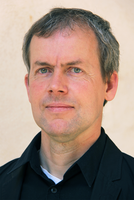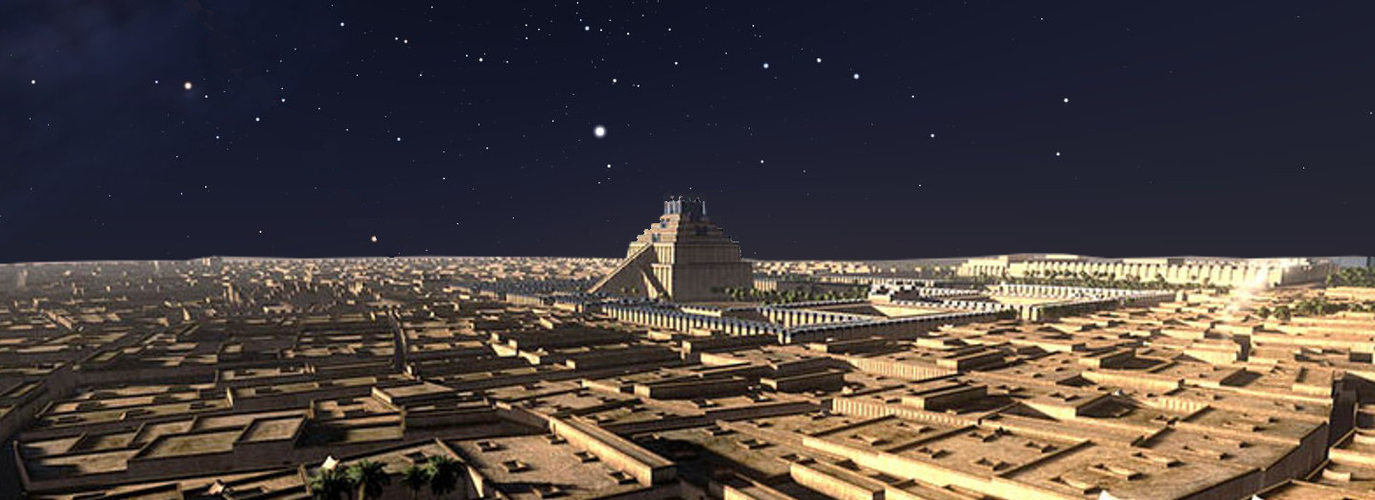Ninth Annual M.I. Rostovtzeff Lecture Series
This article first appeared in ISAW Newsletter 20 (Winter 2018).
The Sky over Ancient Iraq: Babylonian Astronomy in Context
Mathieu Ossendrijver, Humboldt University Berlin
March 21-April 11, 2018
The Rostovtzeff Lectures are supported in part by a generous endowment fund given by Roger and Whitney Bagnall
 Mathieu Ossendrijver is Professor for the History of Ancient Science in the Department of Philosophy at the Humboldt University Berlin. He holds a PhD in Assyriology from the University of Tübingen and a PhD in Astrophysics from the University of Utrecht. His primary research interests are Babylonian astral science and mathematics, Mesopotamian science in general, and contextual aspects of Babylonian scholarship. In four lectures Mathieu Ossendrijver will explore the textual evidence for Babylonian astronomy during the first millennium BCE, with an emphasis on new textual finds, insights from recent investigations of various corpora of astral science and their interconnections, and questions inspired by new approaches informed by the wider historiography and sociology of science.
Mathieu Ossendrijver is Professor for the History of Ancient Science in the Department of Philosophy at the Humboldt University Berlin. He holds a PhD in Assyriology from the University of Tübingen and a PhD in Astrophysics from the University of Utrecht. His primary research interests are Babylonian astral science and mathematics, Mesopotamian science in general, and contextual aspects of Babylonian scholarship. In four lectures Mathieu Ossendrijver will explore the textual evidence for Babylonian astronomy during the first millennium BCE, with an emphasis on new textual finds, insights from recent investigations of various corpora of astral science and their interconnections, and questions inspired by new approaches informed by the wider historiography and sociology of science.
March 21, Lecture I: Babylonian Astronomy: Interpreting an Ancient Science
In the first lecture the geographical and historical contours of Babylonian astronomy are sketched, the cuneiform sources are introduced, and the methodological framework for interpreting Babylonian astronomy as an ancient science is discussed. Babylonian astronomy takes us to ancient Iraq, where thousands of cuneiform tablets with an astronomical content have come to light since the end of the nineteenth century. What can we learn by studying these tablets? While early interpretations were strongly shaped by modern mathematics and astronomy, the focus of much current research has shifted to uncovering the conceptual framework of Babylonian astronomy and exploring its practical, institutional, political, religious, and social context. In order to achieve this, methodological considerations from the wider historiography and sociology of science are increasingly applied.
March 28, Lecture II: Keeping the Watch: Babylonian Astronomical Diaries and More
The second lecture will focus on the astronomical diaries and related texts, which are observational reports that emerged in Babylonia during the seventh century BCE and continued to be written for at least six centuries. Apart from astronomical phenomena, market prices, weather phenomena, river levels and historical events were also reported in these texts. They provide unique opportunities for reconstructing observational practices and the predictive methods to which these texts turn out to be intricately linked.
April 4, Lecture III: Algorithms, Tables, and Figures: New Insights into Babylonian Mathematical Astronomy
The third lecture will present new insights into Babylonian mathematical astronomy, which emerged after about 400 BCE. The underlying mathematical methods for predicting lunar and planetary phenomena are predominantly based on purely arithmetic methods, that is, they operate by manipulating sequences of numbers. However, recent discoveries have corrected this firmly entrenched arithmetic characterization of the Babylonian methods by revealing that some tablets employ geometric concepts in order to compute the distance traveled by a planet. These geometric methods imply a surprisingly deep understanding of the graphical connections between time, velocity and distance on the part of some Babylonian astronomers.
April 11, Lecture IV: Astronomers, Temples, and Society: Babylonian Astronomy in Context
The fourth lecture will discuss the scholars who pursued astronomy and their institutional, religious, social, and economic context. This takes us to the main temples of Babylon and Uruk, in which most of the Babylonian astronomers were employed during the second half of the first millennium BCE. The lecture will also explore how the astral sciences were increasingly linked to other branches of Babylonian scholarship and what role astronomy and astrology played in Babylonian society.
